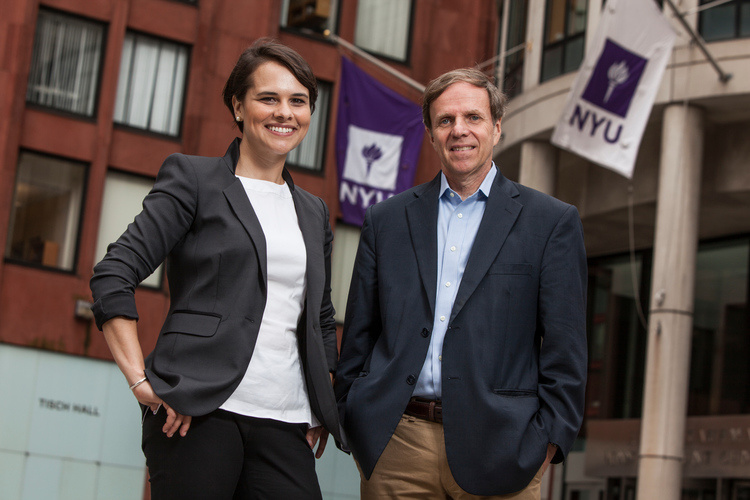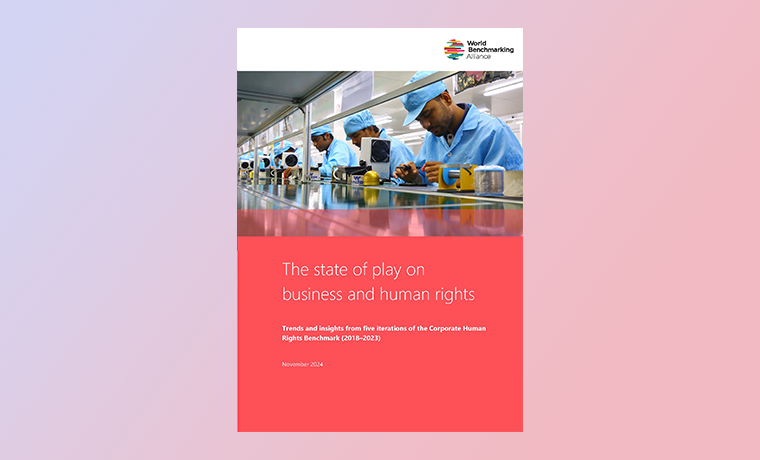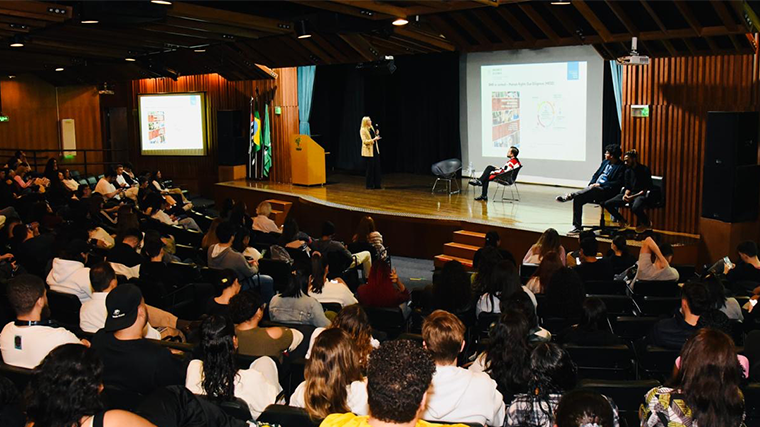It All Starts Here

March 9, 2015
Welcome to the new website for the NYU Stern Center for Business and Human Rights. We arrived at Stern almost exactly two years ago, on March 8, 2013. Fresh out of the State Department and without a model for how to “do” human rights in a business school, we thought we would take some time to get to know NYU Stern and find our sea legs. Building a website was high on our to-do list.
Within two months, the Rana Plaza collapse in Bangladesh killed more than 1,100 factory workers sewing clothes for major apparel brands and retailers. It was the largest industrial accident in 30 years. It also was emblematic of the kind of challenge we’d come to Stern to address: the biggest companies in the world doing business in a faraway place with a stark inability or unwillingness to protect the rights of its people. We knew we had to act.
With the generous support of Dean Peter Henry, we embarked on a supply chains project that’s still unfolding two years later. On the one-year anniversary of Rana Plaza, the Center published its first report, “Business as Usual is Not an Option,” (PDF) that focuses on the role of indirect sourcing in the supply chain. The report was the result of more than 100 interviews and convenings in New York and Dhaka that brought together multinational buyers with their local suppliers. Now a group of graduate students is working to map where garment production is really taking place.
Launching the supply chains project was more difficult and more rewarding than we expected. In the process of research and creating opportunities for the key players in the sector to conceive different ways of doing business, we learned a lot about ourselves: the Center has a unique role to play as an independent, business-oriented voice in tough human rights debates.


The project also ruined our to-do list. A year in to launching the Center, we were still a very small team, without a real website. Since then, we’ve grown to a team of nine, with more hiring coming soon. We’ve raised money, started teaching classes, established an all-star Advisory Council, and are launching new projects on technology and investment.
About a year ago, we got a call from an old colleague, the essence of which was to ask, “What the heck are you people doing up there?” It’s a fair question. So last fall, we got serious about building a website that would explain who we are, what we do, and what are the most important issues in the emerging field of business and human rights.
We’ve sought to build a site that’s accessible, informative, and beautiful. You’ll find issues pages for seven major business and human rights challenges in different sectors, with general information about the nature of the challenge, quick facts, links to other organizations working on the issue, and a summary of what the Center is doing in each area. There’s an index of our academic research that seeks to advance a standards-based approach to business and human rights in the disciplines of management, business ethics, and law. Students will find information about how to engage with the Center on campus and three fellowship opportunities throughout the year. And in the about section, we’ve tried to explain the essential nature of the Center’s “pro-business, high standards” approach.
Many of us labored over these last months to make the site a reality. Amy Jurkowitz, Mimi Sternlicht, and Jess Levitz at Bread+Buzz worked with us to develop the branding and overall look of the site. Paloma Ávila finalized the design. NYU Stern’s Public Affairs office, led by Beth Murray, supported us throughout the process. The NYU photo bureau and Bishawjit Das took most of the photos. Bruce Buchanan, chair of the Business and Society Program at Stern, was our advocate and friend. The site is built on Squarespace, with graphics from Piktochart.
As we celebrate the Center’s second anniversary, we’re proud to have a site that tells our story and explains the issues in this emerging field. And now, back to that to-do list…
 Business Education
Business Education


